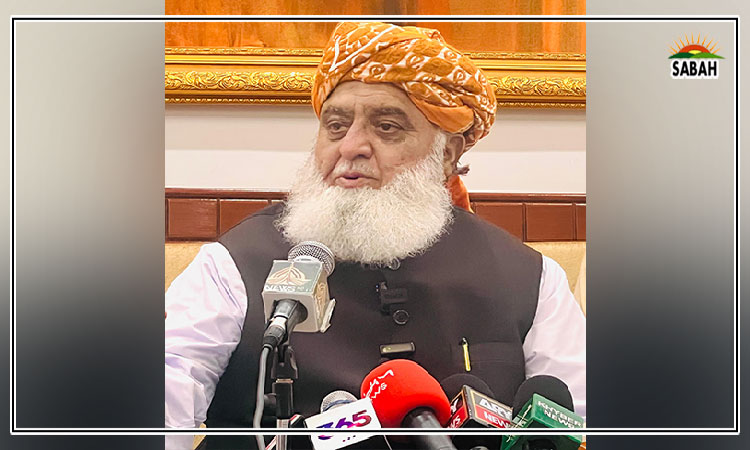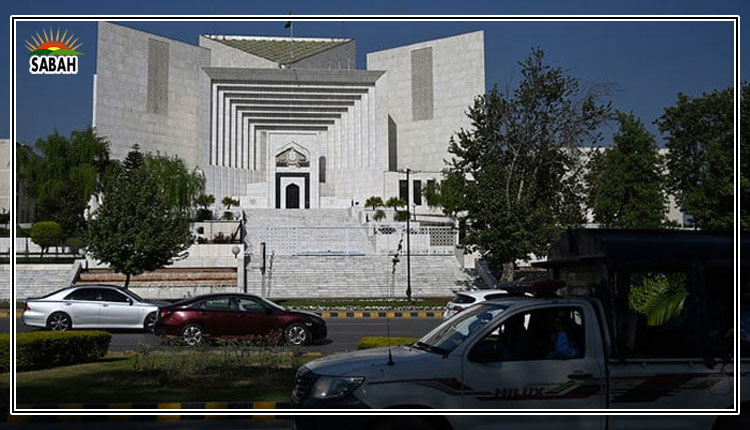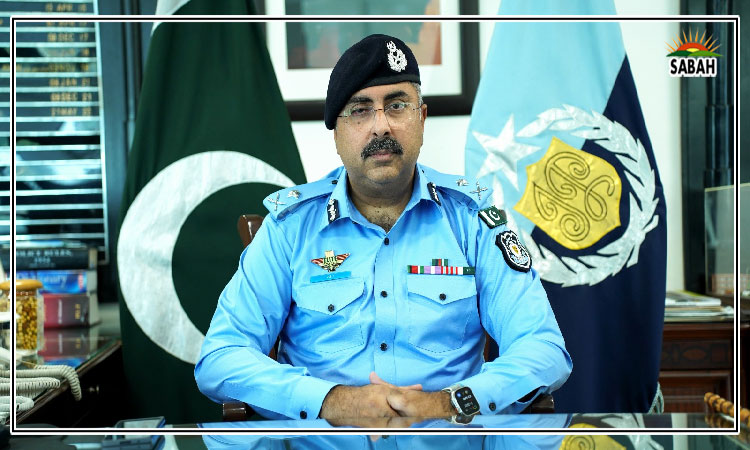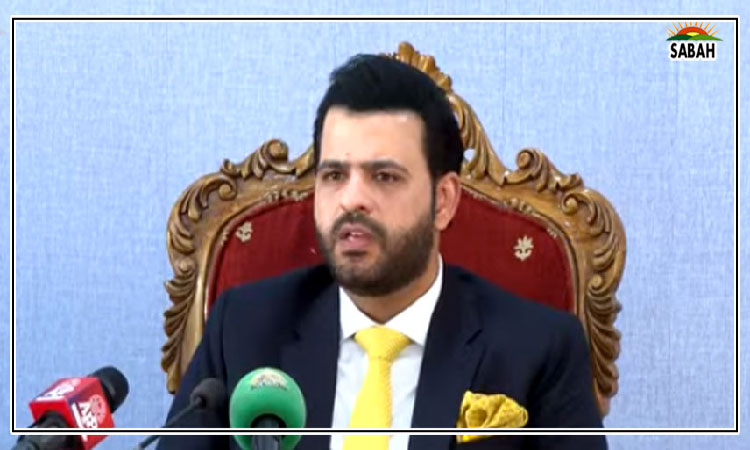The long Ukraine war….Dr Imran Khalid
Germany has finally decided to send its battle tanks, Leopard 2, to Ukraine. Earlier, the European country had remained neutral to avoid any escalation. This will provide a big boost to Kyiv, which has been pleading for these tanks for the last several months.
Similarly, the announcement will uplift the morale of Ukrainian President Volodymyr Zelenskyy and his people who are bracing for a major Russian attack. A few days ago, when no decision on supplying Leopard 2 tanks to Ukraine was reached at the meeting of Nato defence ministers at Ramstein Air Base, Germany, things appeared to be frustrating for all the stakeholders.
There was consensus among all technical and defence experts that Ukraine desperately needed these tanks to bolster its attacking capability and push back the Russian forces from the occupied territories. Despite these convincing reasons, Western countries could not agree on the methodology and quantum of tank supplies to Ukraine. The equation was ostensibly very simple: Ukraine needed tanks from Germany, which was ready to do so conditionally, provided Nato allies unanimously agreed on this. But the allies did not want to move forward unless the US also committed the same. All players were waiting for a yes from each other, but no one was ready to take the lead.
At present, Europeans are exhibiting a strange kind of paralysis in their collective decision-making at this crucial phase of the Ukraine war. When Russian tanks rolled into the Ukrainian territories in February last year, few warfare experts expected battle tanks to assume importance in the next few months. Tanks, a permanent fixture of warfare since World War I, have been a topic of intense debates for quite some time among military experts questioning their exact role in the modern battlefield.
The Ukraine war has given a new trajectory to this debate. The quantum of damaged and destroyed tanks from both sides has surprised all warfare experts and instigated this new debate on the place of tanks in contemporary warfare which is now swiftly adopting biological weapons and cyber-arsenal. However, requests from Ukraine for tanks from their Western supporters have at least verified the notion that tanks are no longer obsolete despite all technological advancements.
There is a strong feeling in the Ukrainian military leadership about the strategic merit of tanks to push back the invading Russian forces. Ukrainians expect that as soon as the winter season ends, Russians may resume their invasion plan with more intensity. Although British Prime Minister Rishi Sunak has pledged to provide 14 Challenger-2 tanks to Ukraine, the Ukrainian people are more interested in German Leopard-2 tanks. First introduced in the late 1970s to substitute the obsolete American M48 Patton, Leopard tanks soon became known as the Golf (Volkswagen) of the German tank industry.
The German weapons manufacturer, Krauss-Maffei Wegmann (KMW), has produced around 3,500 Leopard-2 version of these 60-tonne battle tanks. Armed with a 120mm smoothbore gun, Leopard-2 can manoeuvre at a maximum speed of up to 70 kilometres per hour. Like its other competitors, for example Americas Abrams and Frances Leclerc, German Leopards have a capability to hit the target from as far as 3,500 yards away. These tanks also provides protection against threats like mines, anti-tank fire and improvised explosive devices.
The US and its Western allies have been contemplating over Kyivs requests for sending heavy battle tanks to Ukrainians for almost a year, and they have started giving it serious attention only now. The British PM was the first one to promise to send a small company of 14 Challenger 2 tanks. After Sunaks pledge, the Ukrainians were quite hopeful that other Western countries would also follow suit. The situation was not that simple. Western allies pledged billions of dollars in weapons for Ukraine last week, although they were unable to persuade Germany to lift a veto on providing Leopard battle tanks, which are held by many Nato members but whose supply to Ukraine would require Berlins approval.
The apparent key reason behind Berlins reluctance was traced to German Chancellor Olaf Scholzs Social Democrat party, which is traditionally sceptical about military involvement and wary of further escalation in the conflict in Ukraine.
Chancellor Scholz and his close associates were convinced about the strategic value of Leopard tanks for the Ukraine war, but they did not want to take any decision which could create problems for them on the home front: they wanted a formal agreement among Nato allies and the US on the supplies of heavy tanks to Ukraine Scholz was particularly looking towards Washington to commit to provide its M1 Abrams tanks. Poland was the only country which was more eager than its neighbours to send 14 Leopard tanks, but it was unable to do so because of the obligatory approval from Berlin.
Berlin linked its decision on Leopard tanks to Americas willingness to send its M1 Abrams tanks. And while the Biden Administration jacked up the US weapons package for Ukraine, the aid did not include American tanks. However, there was resistance from the US military command. US Defence Secretary Lloyd Austin and Chairman of the Joint Chiefs of Staff Gen Mark Milley were opposing the supplies of M1 Abrams tanks to Ukraine, citing the long time it would take to train personnel to operate the tanks and how difficult the tanks were to maintain. They also argued they were not the right equipment for the fight in Ukraine.
Even though the Ukrainian forces have demonstrated their capabilities as quick learners, Austin and Milley argued that the training to operate and maintain Abrams tanks might take many months. They further asserted that Ukraine already had hundreds of tanks at its disposal and over the past year had captured a large number of Russian tanks on the battlefield and added those to its inventory.
The American argument was summed up by a spokesperson for the National Security Council saying the Abrams tanks were very expensive to operate, very expensive to fuel, very expensive to maintain, and [require] a lot of training. At the start of the war, Ukraine had 800 battle tanks, out of which almost 449 have been damaged or destroyed. Ukraine is in dire need of more advanced tanks to sustain the Russian attacks. Now, as the Ukraine war is entering a new phase, which involves not just resisting the Russian attacks but also recapturing heavily fortified Russian-held areas, Kyiv needs superior Nato armour to do this.
The decision by Germany is likely to encourage more Nato members US President Joe Biden has also announced to send 31 Abrams tanks to Ukraine to donate their share of tanks to build a reasonable inventory in the coming months. Moscow sees the supplies of tanks and other weapons to Ukraine as part of a pre-planned war against Moscow. The severe reaction from Moscow over this development does not come as a surprise. Reports say that Putin is preparing for a massive attack in the spring. But the supply of sophisticated tanks from Nato is likely to drastically alter the Ukraine war. The arrival of tanks from Europe and the US will definitely change the power equation, and it is expected that Putin will revisit his strategic plan in Ukraine now.
Courtesy The News












